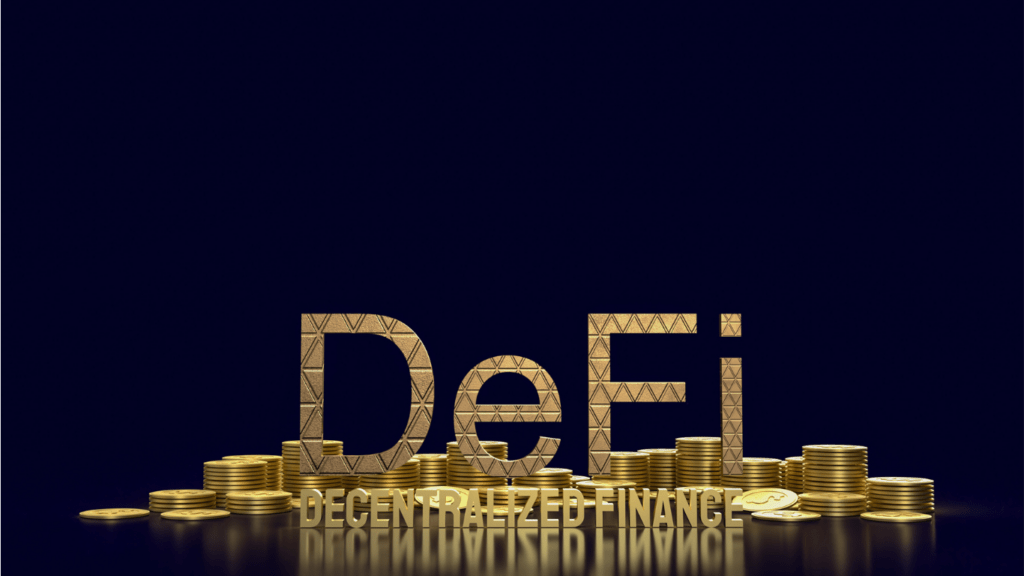Stablecoins have quickly become a hot topic in the world of cryptocurrency. Designed to offer the best of both worlds—digital innovation and price stability—they’ve attracted everyone from casual investors to major financial institutions. But as their popularity grows, so do the questions about their role in the market and the risks they might pose.
What Are Stablecoins?
Stablecoins are digital currencies designed to minimize price volatility by pegging their value to stable assets. They aim to combine the benefits of cryptocurrencies, such as speed and accessibility, with the stability of traditional currencies.
Understanding Stablecoins
Stablecoins function as a bridge between traditional finance and the cryptocurrency market. By maintaining a stable value, they provide users with a reliable medium of exchange, store of value, and unit of account. Their stability depends on the mechanism used to back or maintain their pegged value.
These digital assets are often used for cross-border transactions, decentralized finance (DeFi), and as substitutes for fiat currencies in the cryptocurrency ecosystem. They maintain liquidity while reducing exposure to significant market fluctuations.
Types Of Stablecoins: Fiat-Backed, Crypto-Backed, Algorithmic
Stablecoins are categorized into three main types based on how their value is supported.
- Fiat-Backed: These stablecoins, like Tether (USDT) and USD Coin (USDC), are backed 1:1 by fiat currencies such as the US dollar or euro. They maintain value by storing equivalent reserves in bank accounts or other assets.
- Crypto-Backed: Crypto-backed stablecoins, such as DAI, use cryptocurrencies like Ether (ETH) as collateral. To address the volatility of underlying assets, these stablecoins often over-collateralize reserves, ensuring stability even during price drops.
- Algorithmic: Algorithmic stablecoins rely on smart contracts and algorithms to maintain value instead of traditional reserves. For example, they expand or contract supply based on market conditions. TerraUSD (UST) showcased this approach, though its collapse demonstrated the risks involved.
The Promises Of Stablecoins
Stablecoins aim to merge the benefits of digital currencies with the reliability of traditional assets. Their design offers solutions for:
- instability
- inefficiencies
- limitations
within the financial ecosystem.
Enhancing Market Stability

Stablecoins provide a tool for reducing extreme price fluctuations in cryptocurrency markets. By pegging their value to stable assets, such as fiat currencies or commodities, they maintain consistent value over time. For example, fiat-backed stablecoins like Tether (USDT) and USD Coin (USDC) are designed to trade at or near $1. This stability encourages broader adoption of digital currencies by individuals and businesses seeking to avoid volatility. Their role as a hedge during market downturns further strengthens their position in the financial ecosystem.
Facilitating Global Transactions
Stablecoins simplify cross-border payments by offering fast, low-cost, and reliable transfer solutions. Traditional remittances often incur high fees and long processing times, but stablecoins bypass intermediaries, reducing transactional costs and delays. For instance, using stablecoins like USDC for international payments provides instant value transfer while eliminating exchange rate risks. These attributes make stablecoins appealing to unbanked populations, freelancers, and global businesses.
Bridging Traditional Finance And Cryptocurrency
Stablecoins connect conventional financial systems with the cryptocurrency landscape, enabling seamless interaction. Fiat-backed cryptocurrencies like USDT help users convert between digital and traditional currencies without excessive fees or complex processes. They also simplify on- and off-ramps for fiat-to-crypto exchanges, driving efficiencies for payment processing. This bridge has expanded use cases, including investment mechanisms, decentralized finance (DeFi) platforms, and liquidity pools, fostering a more inclusive financial structure.
Key Stablecoin Examples And Trends
Stablecoins play a pivotal role in the cryptocurrency market, with their adoption driven by both market leaders and innovative new entrants. Examining prominent examples and emerging trends gives insight into their impact.
Tether (USDT) And Its Market Dominance
Tether (USDT) is the most widely used stablecoin, maintaining a 1:1 peg to the US dollar through fiat reserves. It accounts for a significant portion of daily cryptocurrency trading volume, often exceeding $20 billion. Its liquidity and accessibility make it the preferred choice for trading and hedging against market volatility.
Controversies about reserve transparency have surrounded USDT, yet it continues to dominate as the largest stablecoin by market cap, standing at $83 billion as of September 2023. Its ability to integrate with multiple blockchains, including Ethereum, Tron, and Solana, further enhances its market reach. Tether’s ongoing audits and recent efforts to disclose reserves aim to strengthen trust and ensure compliance amid regulatory pressures.
Emerging Competitors And Innovations
Emerging stablecoins like USD Coin (USDC) and Binance USD (BUSD) have gained traction, emphasizing regulatory compliance and transparency. USDC, backed by Circle and Coinbase, offers monthly reserve attestations and has steadily grown, reaching a market cap of $26 billion.
Algorithmic stablecoins are evolving despite setbacks like TerraUSD. Frax Finance introduces a hybrid approach, partially backing its coins with collateral and algorithms to improve stability. Liquid staking collateral-backed stablecoins, exemplified by Lido-backed initiatives, are also gaining attention in decentralized finance (DeFi).
Innovations include novel stablecoins pegged to alternative assets like gold and carbon credits, aiming to attract users seeking asset diversification. The integration of stablecoins into payment solutions, such as Paypal’s PYUSD launch in August 2023, illustrates expanding use cases and an ongoing shift toward mainstream adoption.


 Market Analyst & Trading Strategist
Market Analyst & Trading Strategist

